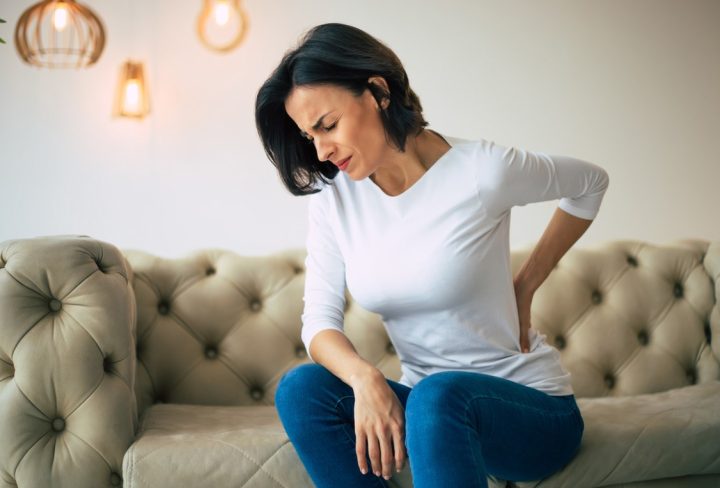Lower back pain is a common problem that affects many people worldwide. It can range from mild discomfort to severe pain, impacting daily life. Understanding the causes, symptoms, and treatments can help manage this issue effectively.
Causes of Lower Back Pain
Several factors contribute to lower back pain:
- Muscular Strain: Overexertion, improper lifting, or sudden movements strain the back muscles and ligaments.
- Poor Posture: Prolonged sitting or standing with bad posture stresses the lower back.
- Spinal Abnormalities: Conditions like herniated discs or spinal stenosis put pressure on the nerves.
- Injuries: Accidents or fractures can cause acute or chronic pain.
- Sedentary Lifestyle: Lack of exercise weakens the lower back muscles.
- Medical Conditions: Arthritis or kidney stones can lead to referred pain in the lower back.
Symptoms and Complications
Symptoms of lower back pain include:
- Dull, aching pain
- Shooting pain down the legs (sciatica)
- Muscle spasms and tightness
- Limited range of motion
- Pain worsened by movement or prolonged sitting/standing
- Numbness or tingling in the legs
- Bowel or bladder issues (in severe cases)
Diagnosis and Treatment
To diagnose the cause of lower back pain:
- Physical Examination: Assess medical history and perform a physical examination.
- Imaging Tests: X-rays or MRIs visualize the spine for abnormalities.
- Blood Tests: Rule out medical conditions contributing to the pain.
Treatments:
- Conservative Measures: Rest, limited activity, hot/cold compresses, pain medications, physical therapy, and posture correction.
- Surgical Interventions: Considered in severe cases or when conservative treatments fail.
Preventing Lower Back Pain
Prevention tips:
- Healthy Weight: Maintain a healthy weight to reduce strain on the lower back.
- Regular Exercise: Strengthen core muscles and improve flexibility.
- Good Posture: Practice good posture while sitting, standing, and lifting heavy objects.
- Avoid Prolonged Inactivity: Take breaks from sitting or standing for long periods.
- Supportive Mattress and Chair: Invest in supportive sleep and seating options.
Lower back pain can significantly affect one’s life. Knowing the causes, symptoms, and prevention methods can help manage this condition better. Seek medical attention for persistent or severe pain and adopt a healthy lifestyle to reduce the risk of lower back pain and enjoy an active life.


